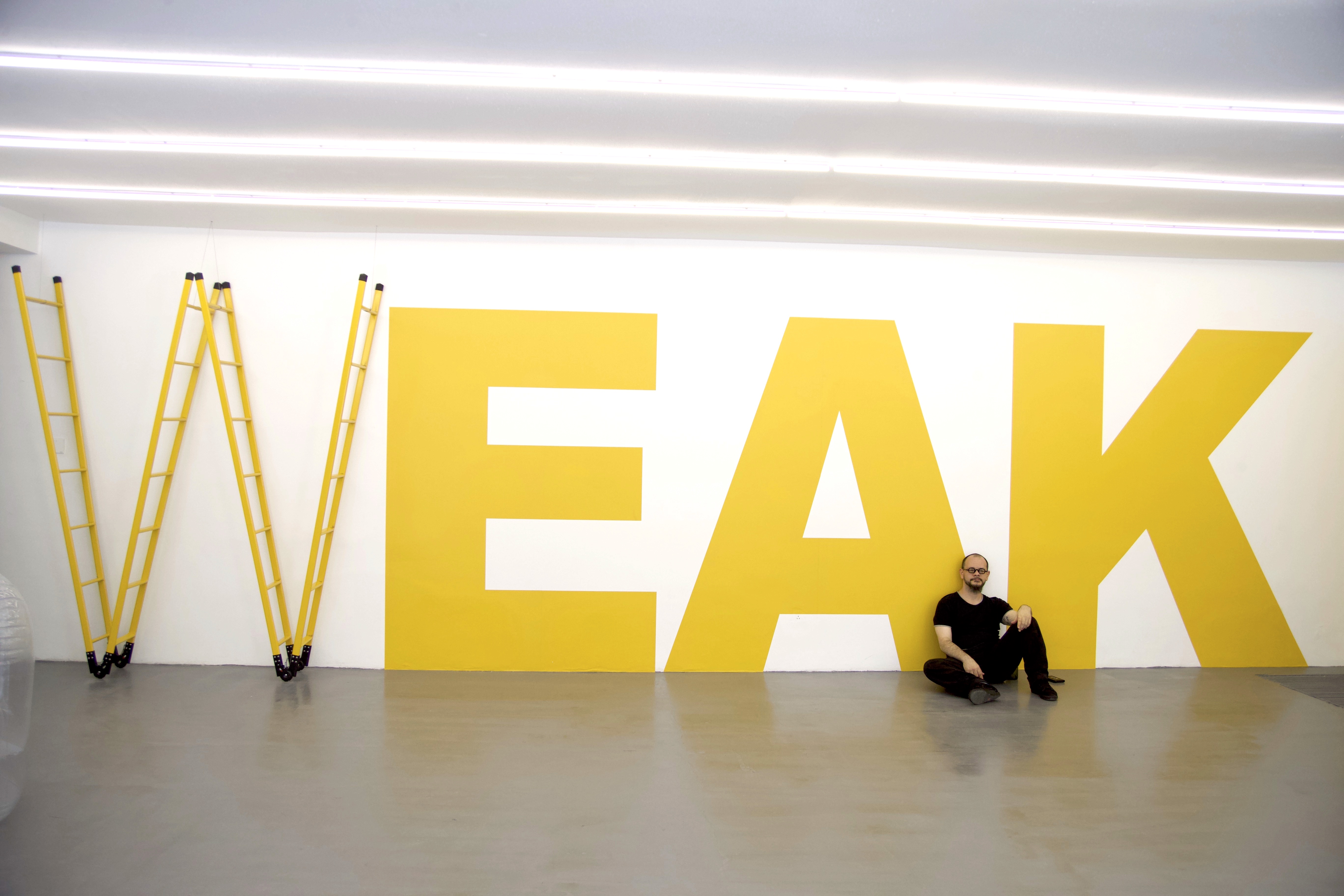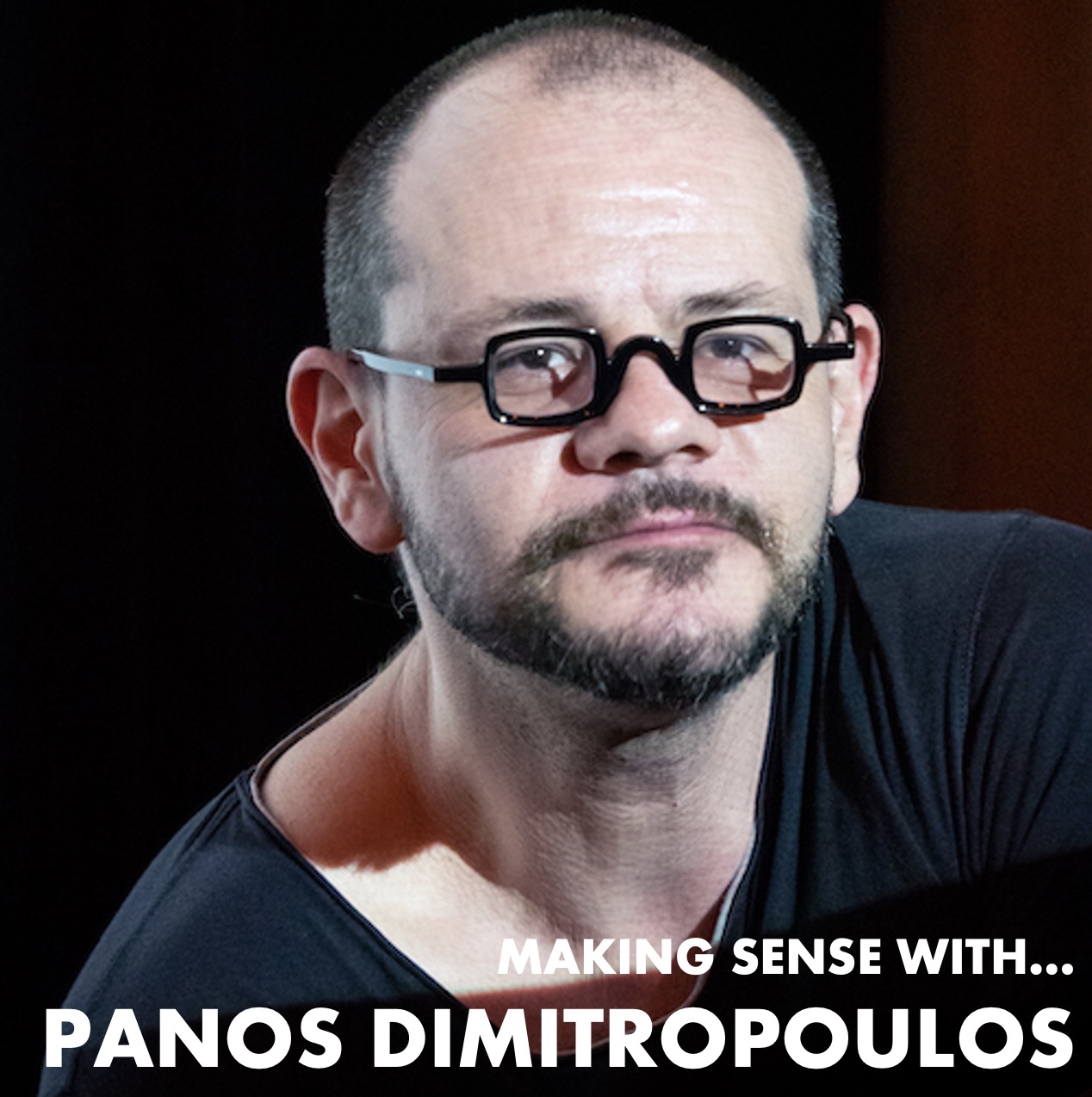Photo courtesy of Panos Dimitropoulos
What makes a semiotician tick? SEMIOVOX’s Josh Glenn has invited his fellow practitioners in the field of commercial semiotics, from around the world, to answer a few revealing questions.
Shanghai…
SEMIOVOX
When you were a child/teen, how did your future fascination with symbols, cultural patterns, interpreting “texts,” and getting beneath the surface of daily life manifest itself?
PANOS DIMITROPOULOS
I grew up in a highly cultural and artistic family — spending much of my childhood backstage at a theater, seeing how props and costumes are designed to symbolise situations, characters, moods, and narratives. Furthermore, for three months each year my entire town became a carnival workshop in which masks and costumes were created, worn, and paraded. This provided an early lesson in how to use meaning reversals as visual signifiers to create an environment of parodic critical commentary and playfulness.
SEMIOVOX
Describe your first encounter(s) with the theory and practice of semiotics.
PANOS DIMITROPOULOS
I was lucky enough to do my BA (in Communications and Image Studies — an interdisciplinary course of cultural studies and art with semiotics as a major component) at the University of Kent in Canterbury. All the disconnected pieces floating around my brain were joined together… it was love at first sight. This affair continued through my MA (Media and Communication Studies) at Goldsmiths.
SEMIOVOX
How did you find your own way to doing semiotics?
PANOS DIMITROPOULOS
Semiotics has never been just a way to make a living, for me. Working as a commercial semiotician ‘on the ground’ in the UK, Greece, and for the past 11 years in China has truly been a blessing. I also create conceptual art based on semiotics. It’s a reflection of who I truly am, the closest thing I have to a religion or philosophy.
SEMIOVOX
What are the most important attributes of a good semiotician?
PANOS DIMITROPOULOS
- A certain sense of intuitive reasoning, humility, and a rare skill to have the right part of the brain dictate and direct the left.
- An ability for holistic perception, seeing the larger ecosystem of patterns and how all the interconnected macro-dimensions and micro-nuances reveal depth of insight.
- An empathic, almost zen-like attitude and practice wherein one acknowledges that culture is the source of truth and wisdom — and we are but mere vessels (almost like ancient oracles) through which cultures’ insights are channeled in a mystical, meditative, ritualistic process.
SEMIOVOX
What three books about semiotics have you found the most useful and enlightening in your own work?
PANOS DIMITROPOULOS
Barthes, Benjamin, and Baudrillard are the basis of my practice. But I will go with a couple of Greeks, here:
- Plato’s allegory of the cave — which we find in his Republic — was dazzling to this young student. It captures in simple terms the difference between appearances and ideas, recognising the importance (but also deception) of the former while favoring the spirituality of the latter. This ancient text has become only more relevant in our age of social media and fake news.
- Ascesis: The Saviors of God, a series of “spiritual exercises” by Nikos Kazantzakis, depicts the mind as a decoding engine — not only a crucial tool in our search for meaning, but also in our efforts to rationalise our existence within the chaos of the universe.
SEMIOVOX
When someone asks you to describe what you do, what is your “elevator pitch”? How do you persuade a skeptical client to take a chance on using this tool?
PANOS DIMITROPOULOS
We live in a world of uncertainty and interconnected anxieties — where consumers struggle to articulate their needs, and brands can’t perceive how to satisfy them. There is no methodology more relevant and efficient than semiotic analysis when it comes to unearthing insights and providing guidance for meaningful branding.
SEMIOVOX
What specific sorts of semiotics-driven projects do you find to be the most enjoyable and rewarding?
PANOS DIMITROPOULOS
Each and every project I do is special to me, but multi-market ones even more so — because of their sheer scale, extra complexity of different contexts, and the fascination of similarities and differences within a larger sphere of insight formulation and strategy direction. Design projects are stimulating because of the focus on aesthetics, and innovation projects because of the future-facing scope.
Via my art projects, meanwhile, semiotics becomes my paintbrush, chisel… or chainsaw. In my series The Absent Ingredient, for example, I rearrange the words of a selected book according to how often they appear. Each time, the book manages to ‘fight back’ — retaining its meaning despite my deconstruction. By the time you get to the middle of each book, you understand intuitively what its about. My conceptual art practice offers me liberated enjoyment and fulfillment.
SEMIOVOX
What frustrates you about how semiotics is practiced and/or perceived, right now?
PANOS DIMITROPOULOS
We semioticians have this passion, ability, superpower — call it what you like — and we use it to help brands succeed. Fine — it’s a satisfactory means of living. But what if we could harness the potential of semiotics? Instead of passively decoding, what if we deployed it as a means of social critique — revealing the world’s harmful codes and helping humankind by deconstructing their signifiers?
SEMIOVOX
Peirce or Saussure?
PANOS DIMITROPOULOS
Peirce and Saussure complement one another — the former being more conceptual, and the latter more focused. Having said that, Saussure, as well as the the intellectual orientation known as the “Birmingham School” of cultural studies, are deeply engraved in my philosophy and practice of semiotics.
SEMIOVOX
What advice would you give to a young person interested in this sort of work?
PANOS DIMITROPOULOS
Learn it properly! And when practicing semiotics, be patient, respectful, and passionate.

MAKING SENSE series: MARTHA ARANGO (Sweden) | MACIEJ BIEDZIŃSKI (Poland) | BECKS COLLINS (England) | WHITNEY DUNLAP-FOWLER (USA) | IVÁN ISLAS (Mexico) | WILLIAM LIU (China) | SÓNIA MARQUES (Portugal) | CHIRAG MEDIRATTA (India / Canada) | SERDAR PAKTIN (Turkey / England) | MARIA PAPANTHYMOU (Greece / Russia) | XIMENA TOBI (Argentina) | & many more.
Also see these series: COVID CODES | SEMIO OBJECTS | MAKING SENSE | COLOR CODEX


